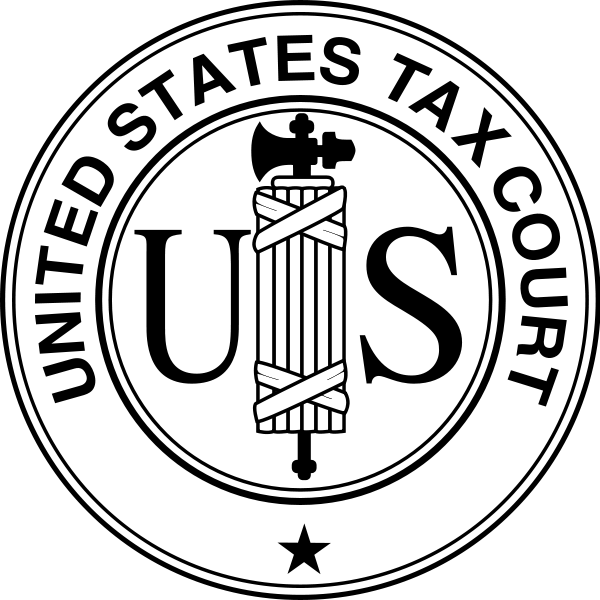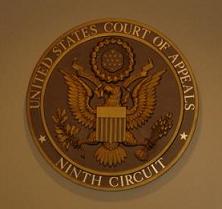Tax Court Addresses Two Issues for the First Time: Pledge of a Related Corporation’s Stock for At-Risk Purposes and When the Amortization of Acquired Intangibles Begins
 As CPAs, we tend to believe that in the tax world, there’s nothing new under the sun. When dealing with an issue for the first time, our default thinking is that at some point, somewhere, the IRS or the courts must have addressed our specific fact pattern and provided just the authority we’re looking for.
As CPAs, we tend to believe that in the tax world, there’s nothing new under the sun. When dealing with an issue for the first time, our default thinking is that at some point, somewhere, the IRS or the courts must have addressed our specific fact pattern and provided just the authority we’re looking for.
All too often, however, that’s not the case. The Code and Regulations are an ever-changing collection of cross-references, nuanced requirements, and exceptions to exceptions, making it impossible for the governing bodies to interpret and rule on every possible scenario.
As testament to this contention, look no further than Broz v. Commissioner, 137 T.C. 5, (9.1.11), decided yesterday by the Tax Court. In Broz, the court examined two issues one would have thought would have long since been settled, but in reality were decided for the first time:
1. Does a taxpayer’s pledge of stock in related S corporation A as security for amounts borrowed by related S corporation B give the shareholder of B at-risk basis under Section 465?
2. Is a taxpayer permitted to begin amortizing a Section 197 intangible on the date of acquisition, or only upon the conduct of an active trade or business?
Facts in Broz:
Robert Broz (Broz) worked in the cellular industry. In 1991, he organized RFB, an S corporation, to acquire FCC licenses permitting him to provide cellular service to rural areas. Broz sought to expand his business, but RFB’s lenders required that Broz form new entities that would only acquire FCC licenses and hold the amounts borrowed from the lenders or RFB.
To accommodate his lenders, Broz formed Alpine, another S corporation. Alpine bid on FCC licenses for rural areas that were given away via lottery. The licenses were financed by the FCC, so Alpine routinely had amounts owing to the FCC for the balance due on acquired licenses. Alpine serviced the FCC debt by borrowing amounts from RFB. At no point did Alpine actually operate a cellular network; that activity was isolated to RFB. RFB would use Alpine’s licenses, however, to provide digital services in areas RFB’s analog licenses already covered. As a result, Alpine did not generate its own income from its ownership of the FCC licenses; rather, RFB generated the income and allocated a portion of its income and related expenses to Alpine.
Alpine claimed amortization deductions on its acquired FCC licenses beginning on the acquisition date.
As noted above, Alpine’s business was financed through advances from RFB which in turn were borrowed by RFB from an unrelated lender. While Broz never personally guaranteed the third-party loans, he did pledge his RFB stock as collateral securing the loan.
Issues:
1. Does the pledge of RFB stock as collateral for the third-party loans give Broz at-risk basis in Alpine?
2. Was Alpine engaged in an active trade or business? If not, was Alpine’s amortization of its FCC licenses as of their acquisition date proper?
Tax Court:
At-risk Rules:
The at-risk rules ensure that a taxpayer deducts losses only to the extent he or she is economically or actually at risk for the investment. The amount at risk includes cash contributions and certain amounts borrowed with respect to the activity for which the taxpayer is personally liable for repayment. Pledges of personal property as security for borrowed amounts are also included in the at-risk amount. Sec. 465(b)(2)(B). The taxpayer is not at risk, however, for any pledge of property used in the business.
The Tax Court disagreed with Broz’ contention that the RFB stock was not used in the Alpine business. Broz argued that because stock represents an ownership interest in the business that can be sold or transferred without affecting corporate assets, it is inherently separate and distinct from the activities of a corporation. Thus, Broz contended, the pledge of stock of a related corporation should allow Broz to be treated as at-risk.
In reaching its decision, the court looked to the language of Section 465, which provides that pledged property must be “unrelated to the business” if it is to be included in the taxpayer’s at-risk amount. See sec. 465(b)(2)(A) and (B). Because the Alpine entities were formed to expand RFB’s existing cellular networks, and because Alpine’s only income and expense was allocated to it from RFB, the RFB stock was related to Alpine, and did not provide Broz with at-risk basis in Alpine.
Amortization of FCC Licenses:
In the most surprising aspect of the decision (more on that later), the Tax Court held that Alpine was not conducting an active trade or business. Citing prior case-law, the Tax Court noted that a trade or business does not begin until the business has begun to function and has performed the activities for which it was organized. More germane to Broz, the court also provided that “the determination of whether an entity is engaged in a trade or business must be made by viewing the entity in a stand-alone capacity and not in conjunction with other entities.”
Viewing Alpine as a stand-alone entity, the Tax Court held that it was not engaged in an active trade or business. Even though Alpine held two FCC licenses, there was no evidence that Alpine ever operated an on-air network. Instead, the on-air networks were operated by RFB, and RFB’s trade or business could not be attributed to Alpine.
Examining the language of Section 197, the court then determined that Alpine was not entitled to begin amortizing its FCC licenses, as Section 197 defines an intangible asset covered by that section as one held “in connection with the conduct of a trade or business.” As a result, Alpine could not begin amortizing the FCC licenses upon acquisition; rather, Alpine could only begin amortizing the licenses upon conducting a trade or business, which it had not done.
Reactions:
I found two aspects of Broz to be particularly noteworthy. First, while examining the Section 465 issue established a much-needed precedent, I am not certain why the Tax Court bothered to determine if Broz was at-risk for his investment in Alpine, as the court had already determined that Broz had no stock or debt basis in Alpine, as stock basis had been reduced to zero and Alpine was funded by loans from RFB, not directly from Broz, as is required under Section 1366. If Broz were held to be at-risk for the pledge of the RFB stock as collateral for the Alpine loans , would that have somehow given Broz debt basis in Alpine, even though the Alpine borrowings were not loaned directly from Broz, as required? Unfortunately, the court did not clarify.
I also found it surprising that the court was unwilling to attribute RFB’s activities to Alpine for purposes of determining if Alpine was conducting its own active trade or business. It is not uncommon for taxpayers to isolate key assets — like an FCC license — in an entity for use by related entities. Clearly, RFB was utilizing the licenses owned by Alpine to operate its networks, and was even going so far as to allocate a portion of its income and expense to Alpine. This decision clearly issues a warning to other taxpayers that each individual entity that is part of an affiliated group must separately meet the requirement of conducting an “active trade or business.”

